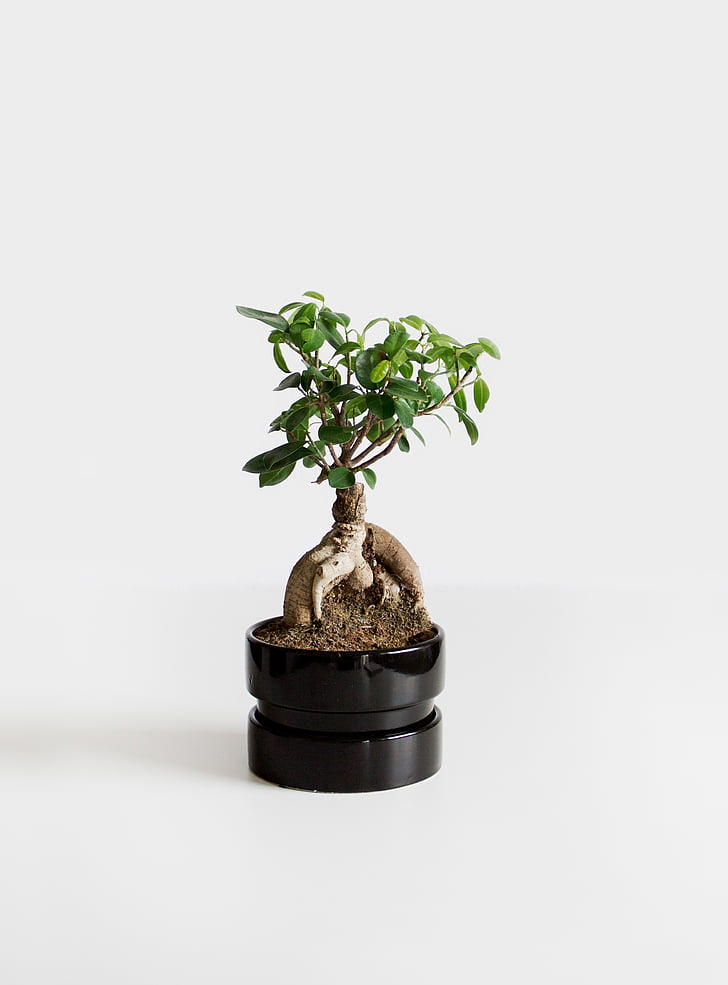Nobody wants an unappealing lawn on the block. Surprisingly, 66% of lawn owners feel embarrassed if their lawn isn't as good as their neighbor's
But maintaining a healthy lawn isn't always easy. After all, grass can turn brown for no apparent cause. The good news is that reseeding season is just around the corner, giving your lawn a fresh start.
To do so, you must first discover the ideal seed for your region and how to properly plant grass seed in spring.
Which Grass Seed Can You Plant in Spring?
To determine the best grass seed for your lawn, first determine the best species for your climate.
Warm-season grasses thrive in hot, humid environments and go dormant in the winter. They are especially common in the south. Cool-season grasses thrive in short summers and tolerate hard winters, hence they are more common in the north.
Cool-season grass seeds should be planted in late summer, fall, or early spring.If you seed too late in the spring, plants may overheat and dry out in the summer. Bluegrass, fescue, and perennial ryegrass are species.
Transitional grasses include buffalograss (a warm-season grass) and tall fescue (a cold-season grass) (a cool-season grass).
Warm-season grass can be seeded in the fall or spring. St. Augustine, bermudagrass, and zoysia grass are species. Now that the fall deadline has passed, there's still time in the spring to seed your grass!
How to Plant Grass Seed in Spring
Some preparation is required before you can plant grass seed on your lawn this spring.
A good lawn starts with quality grass seed, but don't buy a bag of mixed components. That's why reading the bag's label is critical to deciding whether to buy it.
Purchase High-Quality Grass Seed
Because big-box stores sell seed at inexpensive prices, many people are lured to buy it there.
Sadly, most of these store-name brands will disappoint. To your surprise, roughly half of each bag is filler, meaning you're paying full money for half the quality.
Rather, shop locally or from reputable companies like Nature's Seed. Understanding the label is the key to a healthy lawn. For starters, here are some key points to remember when buying grass seed:
- The germination rate should be under 85%.
- Non-seed material should not exceed 5%.
- Avoid if it mentions "other crops" on the label.
- Grass seed matter should exceed 90%.
Mow the lawn
Your lawn will need substantial care after several months of dormancy. Clean the lawn with a rake and a leaf blower. You may want to do a final leaf blow to prepare the lawn.
Feed the soil with fertilizer.
After clearing the yard, till the soil. Garden tillers are great for removing weeds and undesirable roots from the soil. It also rotates the sod, mixing organic matter and creating a gentle seeding base.
Apply fertilizer. Finding the correct fertilizer, like seeds, helps grow healthy, beautiful grass by supplying nutrients to the soil. Always read the NPK (nitrogen-phosphorus-potassium) ratio.
- For plant growth and color.
- Phosphorus for root growth
- To boost tolerance
In most cases, the NPK ratio is three numbers. You might see 5-10-5. Percentage of three main nutrients in the bag. If you're unsure of your starting ratio, consider a soil test. A soil test will reveal what nutrients your lawn lacks.
Spread Drop-Seeds
When planting grass seed, a drop-seed spreader is necessary. This gadget prevents overseeding, missing areas, and evenly distributes seeds and fertilizer.
Rolling the Seeds
Although not essential, rolling the seed ensures a good hold. They put the seed into the soil by applying mild pressure. This keeps the seed from being blown or washed away by the wind.
Mulch
You need something to shield your seeds from the elements when you plant in the spring. The good news is that mulch protects the soil from freezing and nourishes it.
Use bark, woodchips, leaves, grass clippings, straw or compost as mulch. It's best to use organic materials that will decay and return organic matter to the soil.
Water daily.
Your yard may not be lush yet, but regular irrigation will bring it to life. When the soil temperature is over 55F, water 2 to 3 times daily. You can keep doing this until the grass shoots and seeds emerge. Then you'll need to figure out how often to water your lawn, once a week or twice a week.
Conclusion
Seeding your grass doesn't have to be a difficult chore. By tilling, fertilizing, seeding, and mulching your grass, you're ensuring years of healthy growth.
